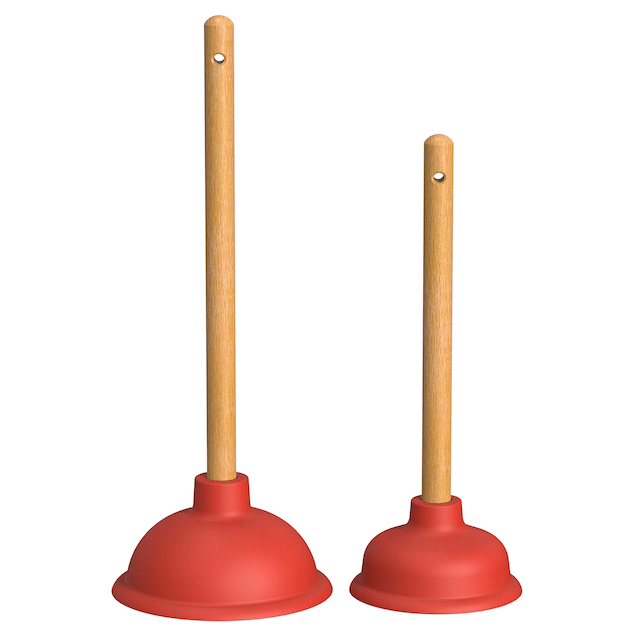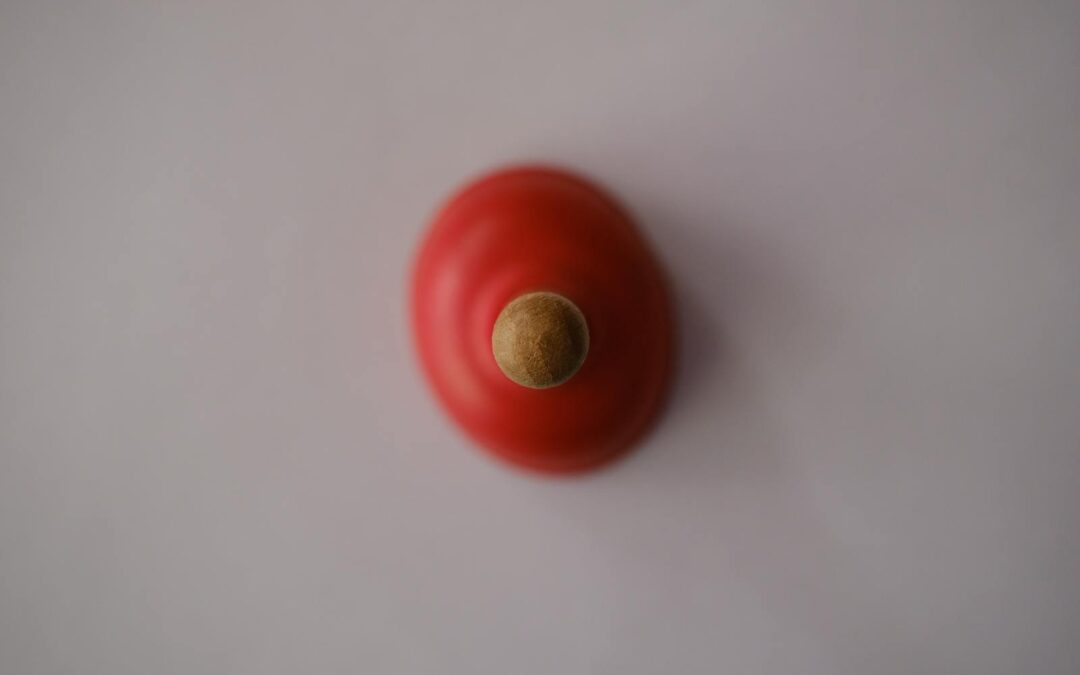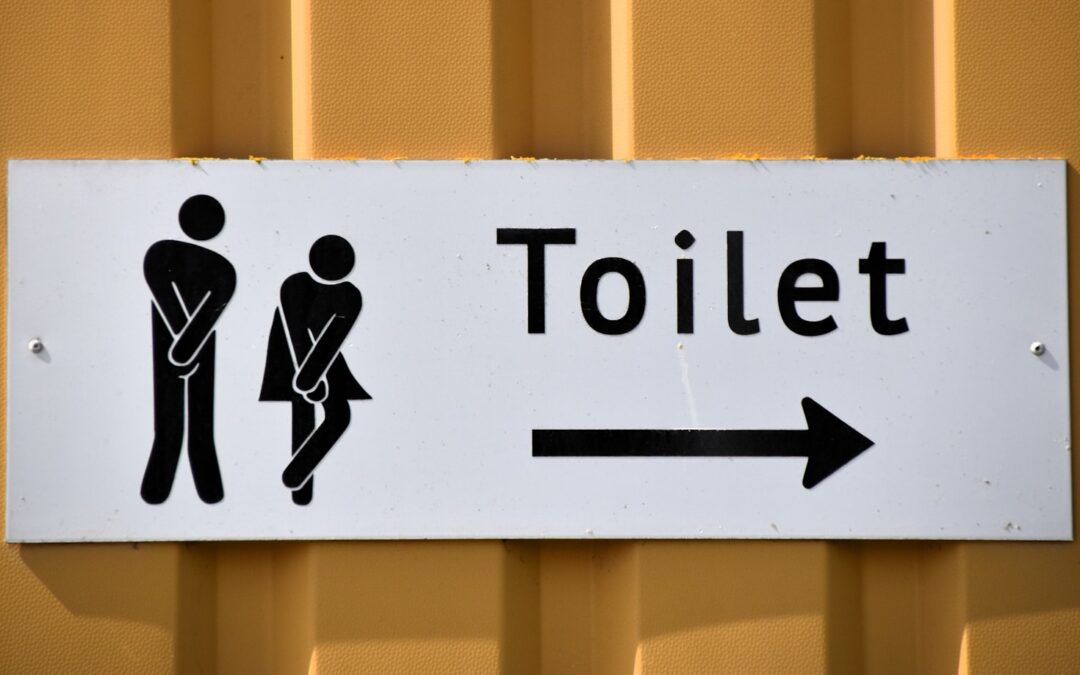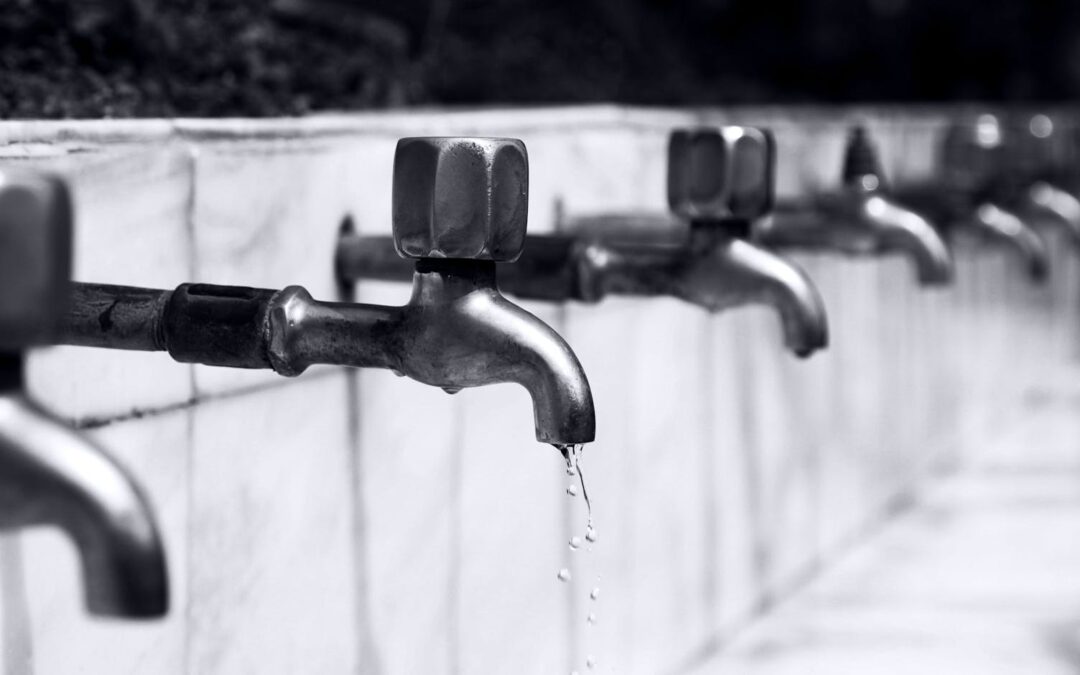No one wants to deal with a clogged sink, but when it happens, you need to know how to fix the problem. A plunger is the most common tool for fixing a clogged sink, and it’s easy to use. In this blog post, we’ll teach you what a sink plunger is and how to use it effectively. We’ll also share some tips for preventing your sink from getting clogged in the first place. So read on to learn everything you need to know about using a sink plunger!
Types Of Plungers
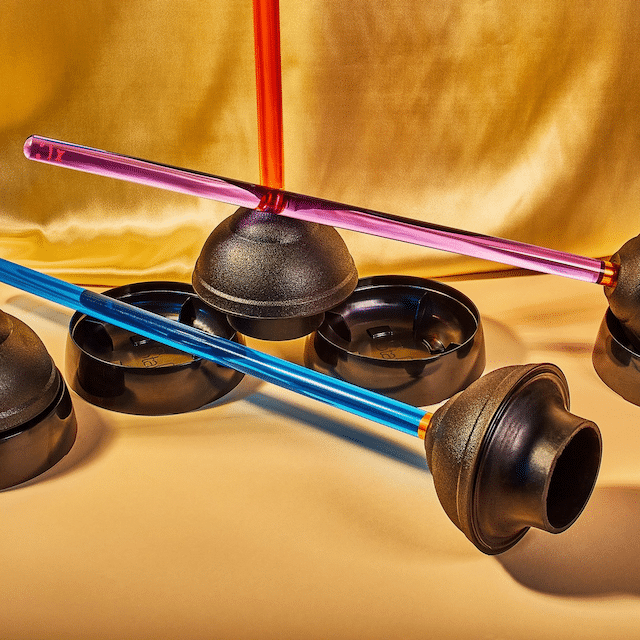
There are four main types of toilet plungers; below, we briefly describe each one.
Schedule Service Online
Get a free estimate so you know what you're signing up for
"*" indicates required fields
For Emergency Services Call: 410-255-9300
Cup Plunger (Best For Sink Drain Clogs)
Sink plungers have a rubber cup at the end of a straight handle, usually made of wood. The size of the handle might be different, but the overall structure remains consistent.
This is referred to as a sink plunger since it works best on a flat surface, such as a sink, where the cup may rest flat over the drain and create the necessary vacuum to plunge properly and remove the clog.
This plunger, when pressed down straight, should be able to clear most clogs in sinks. However, it may be difficult to get the cup positioned correctly in order to create enough suction.
Toilet/Flange Plunger (Best For Clearing Toilet Clogs)
The toilet drain plunger, also known as the flange plunger, has a cup similar to that of the sink plunger. The difference lies in the soft rubber flap folded inside the cup – this extra component makes it easier to fix a toilet clog.
This plunger, with the flap tucked within the cup, may also be used on a sink or tub drain to create a seal. Because the fold-out flap allows for adaptability, this toilet plunger is ideal for all-around home usage because it can fit almost any drain.
Accordion Plunger
The accordion plunger is designed with a series of folds that can be extended to fit over any drain size. This makes it ideal for use on all drains, including toilets, sinks, and tubs.
To use, extend the folds of the plunger until they fit snugly around the drain. Pump the accordion plunger up and down to create suction and break up the clog.
Plunger With A Drain Snake
This plunger has a coiled wire attached to the rubber cup. The drain snake can be inserted into the drain to help break up the clog before plunging. This type of plunger is ideal for shower drains and fixtures with difficult-to-reach drains.
To use, insert the drain snake into the drain and twist it to break up the clog. Next, place the rubber cup over the drain and pump up and down to create suction. The combination of the two will help to clear even the most stubborn clogs.
How To Use A Sink Plunger
1. Fill The Sink With Water: If you’re using a sink plunger, fill the sink with enough water to cover the rubber cup. This will help create a seal so that the plunger can do its job.
2. Put The Plunger Over The Drain: For a sink plunger, place the rubber cup over the drain and make sure that it’s seated snugly.
3. Pump The Plunger Up And Down: Pump the plunger up and down vigorously to create suction. You should see the water in the sink or toilet bowl start to move as the clog is broken up.
4. Remove The Plunger And Run The Water: Once the clog has been broken up, remove the plunger and run the water to flush it down the drain. If the clog is still there, repeat steps 1-4 until it’s gone.
7 Reasons You Have A Clogged Kitchen Sink
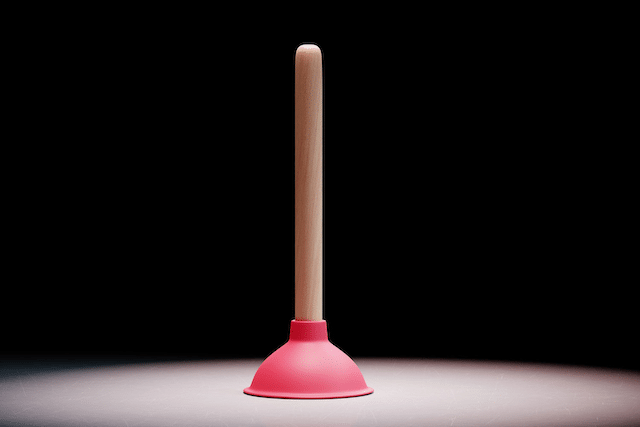
Kitchen sinks are more likely to get clogged than any other sink in your home. This is because they’re used more often and tend to have more things go down them. Below, we’ve listed seven of the most common reasons your kitchen sink might become clogged.
1. Food Waste
Even if you have a garbage disposal in your sink, kitchen waste should never go down the drain. Set up a composting pile to get rid of food waste instead. This is especially crucial for items like tea leaves and coffee grinds that don’t decompose. Other foods to be wary of include grease or oil because they will solidify in the pipes and clog them. Instead, absorb the oil on a paper towel and throw it in the compost bin.
2. Mineral Buildup
Over time, water can leave mineral deposits behind that will gradually build up and cause a clog. This is more common if you have hard water. You can prevent this by regularly cleaning your drains with a mixture of vinegar and baking soda.
3. Soap Scum
Soap scum is another type of buildup that can occur in your sink drain. When soap mixes with water, it forms a film on surfaces that can eventually lead to a clog. To prevent this, use less soap and make sure to rinse away any soap residue after washing your hands or dishes. Vinegar is also effective at breaking down soap scum.
4. Small Objects
It’s easy for small objects like jewelry or hair clips to fall into the sink and get caught in the drain. To prevent this, be careful of what you let go down the drain and keep an eye on small children who might be tempted to play with the water.
5. Starches
Starches like rice and pasta can swell up when they come in contact with water. This can cause a clog if they’re not eaten right away. To prevent this, be sure to dispose of cooked starches in the trash instead of down the sink.
6. Sand Or Dirt
If you have sand or dirt in your sink, it can eventually work its way into the drain and cause a clog. To prevent this, be sure to rinse off any dishes or hands that have been in contact with sand or dirt before washing them in the sink.
7. Paper Products
Paper products shouldn’t go down the sink. This includes things like paper towels, napkins, and tissues. These can quickly cause a clog, so it’s best to throw them in the trash instead.
How To Prevent Clogs In The Future
Now that you know how to unclog a drain, it’s time to learn how to prevent clogs in the first place. Below are five tips on how to keep your drains flowing freely.
1. Use A Drain Cover: One of the best ways to prevent clogs is to use a drain cover. This will catch any hair or debris before it has a chance to go down the drain and cause a clog. There are a variety of different types of drain covers available, so be sure to choose one that fits your needs.
2. Use Baking Soda And Vinegar Every Month: Pour a cup of baking soda down the drain, followed by a cup of vinegar. Let it sit for a few hours before running hot water down the drain. This will help to break up any buildup that could lead to a clog.
3. Run Hot Water Down The Drain: After each use, run hot water down the drain for a minute or two. This will help to flush out any debris that could cause a clog.
4. Avoid Putting Certain Things Down The Drain: There are some things that should never go down the drain, no matter how small they may be. These include grease, oil, coffee grounds, eggshells, and chicken bones. Dispose of these items in the trash instead of flushing them down the drain.
5. Schedule Regular Drain Cleaning: The best way to prevent clogs is to have your drains cleaned on a regular basis. This will remove any buildup that could cause a clog and keep your drains flowing freely.
Conclusion
Clogged drains are a pain, but they don’t have to be. With the right plunger and some elbow grease, you can clear most clogs on your own. If the clog is stubborn or you just don’t have the time to deal with it, there’s no shame in calling a professional.
Need A Professional?
If you’re in need of professional drain cleaning or plumbing services, contact us today. We offer a variety of services that can help keep your drains flowing freely.
We are plumbing experts that have been providing reliable sewer and plumbing services in Pasadena, Glen Burnie, Linthicum, Annapolis, Baltimore, and surrounding areas since 1985.
Our team of highly skilled and licensed professional plumbers is always available to offer 24/7 emergency service for our wonderful clients. Kindly contact us today for drain plumbing and access amazing discounts on our already affordable services.

